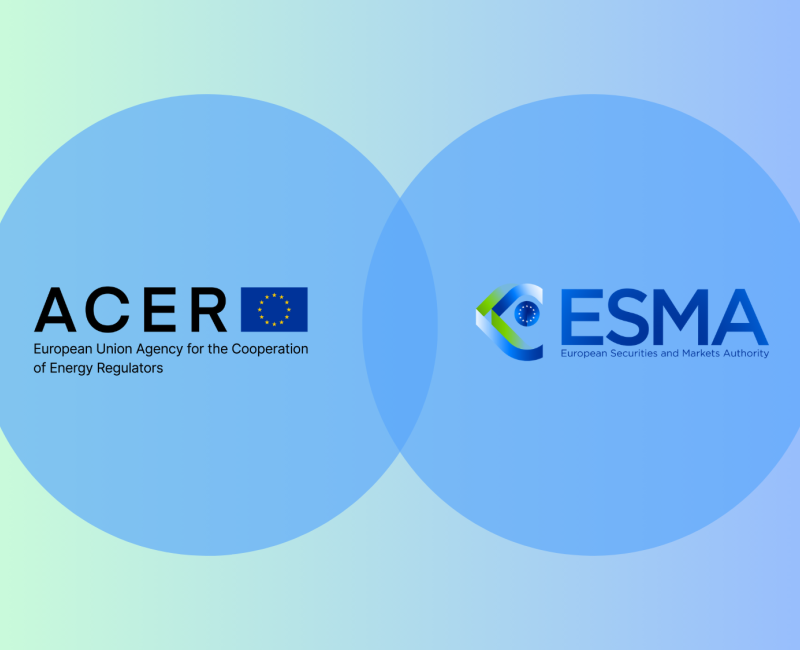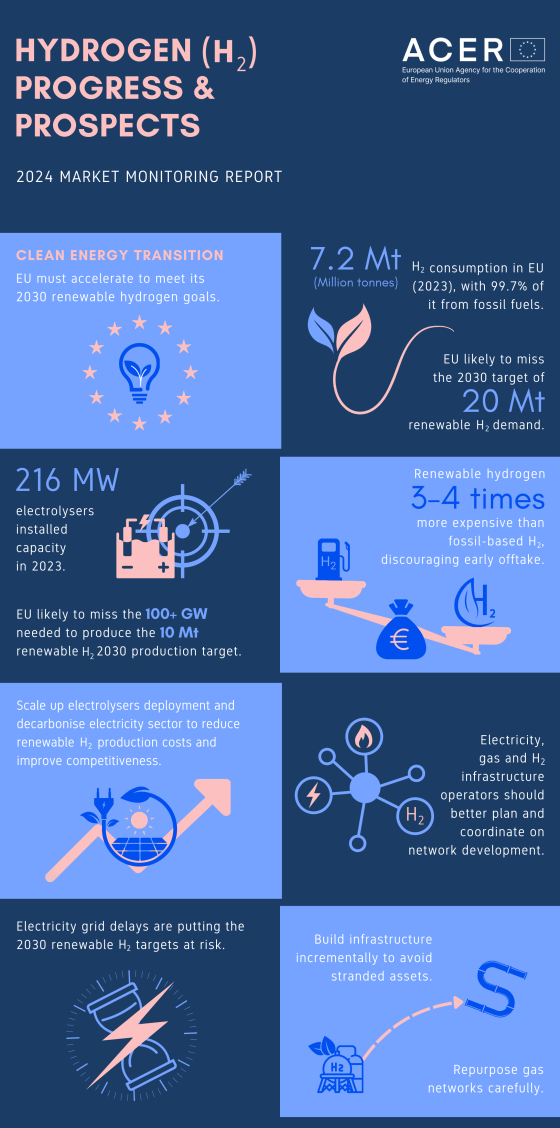ACER scrutinises temporary exemption for bi-directional gas flow on STORK I pipeline between Poland and Czech Republic

ACER scrutinises temporary exemption for bi-directional gas flow on STORK I pipeline between Poland and Czech Republic
What is it about?
ACER has released its Opinion on the recent coordinated decisions to grant a temporary exemption for the STORK I pipeline from the requirement to establish permanent physical bi-directional gas flow capacity at the cross-border interconnection point (IP) ‘Cieszyn/Český Těšín’ between Poland and the Czech Republic.
What is bi-directional gas flow capacity?
Under the European Security of Gas Supply Regulation, Transmission System Operators (TSOs) must establish permanent physical capacity for gas transport in both directions (bi-directional capacity) at all IPs between Member States. However, temporary exemptions can be granted following a detailed assessment and consultations with stakeholders, other Member States, and the European Commission.
ACER’s assessment
ACER reviewed the coordinated decisions taken by the Czech and Polish responsible Ministries. Both decisions accept the respective TSOs’ proposals to grant the temporary exemption until the end of 2025.
ACER notes that:
- The exemption complies with regulatory requirements.
- The reverse gas flow project at this IP is unlikely to significantly enhance gas supply security (e.g. the N-1 indicator) in the Czech Republic. However, enabling reverse flow could offer some benefits for the Czech Republic, such as improved access to Liquefied Natural Gas (LNG) supplies from Poland.
- A market assessment by the project promoters shows no interest in developing transportation capacity from Poland to the Czech Republic.
- The exemption (valid until December 2025) allows more time to evaluate the project's necessity and feasibility.
Before the exemption expires, ACER recommends that project promoters reassess the project, focusing on:
- technical solutions on the Czech side to enable firm capacities and ensure permanent physical reverse flow capabilities;
- market interest and expected gas flows; and
- the project’s potential to reduce the Czech Republic’s dependency on Russian gas.
What are the next steps?
ACER has submitted its Opinion to the relevant authorities of the Czech Republic and Poland, as well as to the European Commission for further consideration. The Commission may choose to either raise no objections to the decisions or request modifications.







